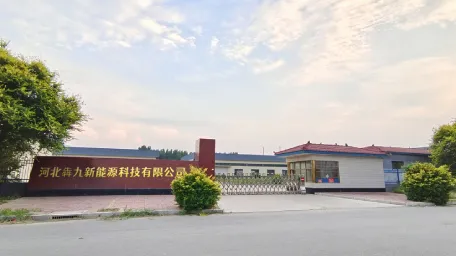bifacial vs monofacial solar panel
Bifacial vs. Monofacial Solar Panels A Comprehensive Comparison
As the world increasingly shifts towards renewable energy sources, solar power has risen to the forefront as one of the most viable alternatives. Among the advances in solar technology, bifacial and monofacial solar panels have gained significant attention. Understanding their differences, advantages, and ideal applications can help consumers and businesses make informed decisions about their solar investments.
What are Bifacial and Monofacial Solar Panels?
Monofacial solar panels are the traditional type, designed to absorb sunlight only from one side. They consist of a layer of photovoltaic cells protected by glass on one side and a backing material on the other. This design limits their energy absorption to the sunlight that directly hits the front surface.
In contrast, bifacial solar panels are innovative designs that allow light absorption from both the front and rear surfaces. These panels are typically made from transparent materials on the rear side, enabling them to capture reflected sunlight from the ground or surrounding surfaces. This dual absorption capability can significantly enhance their overall energy output, making them an attractive option for many solar installations.
Efficiency and Energy Output
One of the primary considerations when comparing bifacial and monofacial solar panels is their efficiency. Bifacial panels generally have a higher energy conversion rate due to their ability to utilize light reflected from surfaces such as soil, concrete, or other reflective materials. Depending on the installation conditions, bifacial panels can yield 10-20% more energy compared to their monofacial counterparts.
However, the actual energy gain from bifacial panels depends significantly on several factors, including the albedo effect (the amount of sunlight reflected by the ground), installation angle, and surrounding environment. For instance, installations in snowy regions may greatly benefit from bifacial designs, as snow can reflect more sunlight onto the rear of the panels.
Cost Considerations
Cost is another critical factor in the bifacial versus monofacial debate. Generally, bifacial panels come with a higher upfront cost due to their advanced technology and materials. However, the technology's ability to generate more energy can lead to lower overall costs per watt over time, enhancing the return on investment.
bifacial vs monofacial solar panel

When evaluating cost-effectiveness, it's crucial to consider the specific context of installation, including space constraints and expected energy generation levels. While bifacial panels may require a larger initial investment, their potential for increased output could translate into significant savings on electricity bills.
Application and Installation
Both bifacial and monofacial solar panels are suitable for various installations, but their ideal applications can differ. Monofacial panels are commonly used in residential solar systems where space is limited and can still deliver excellent performance.
On the other hand, bifacial panels shine in utility-scale projects and large commercial installations. Their dual-sided energy generation makes them well-suited for environments with high albedo, such as solar farms, rooftops with reflective coatings, and regions with ample sunlight. Bifacial panels can also be installed at various angles and heights, maximizing their efficiency based on site-specific conditions.
Environmental Impact and Longevity
Both bifacial and monofacial panels contribute positively to reducing carbon footprints and promoting renewable energy. However, bifacial panels may have a slight edge in sustainability, as their increased efficiency often leads to higher energy generation throughout their lifespan.
Longevity is another important aspect. Generally, both types of panels are designed to last 25 years or more. Bifacial panels, due to their robust design and dual-sided functionality, may have improved durability, leading to potentially lower maintenance costs over time.
Conclusion
In summary, the choice between bifacial and monofacial solar panels ultimately depends on specific energy needs, budget constraints, and installation conditions. Bifacial panels offer advantages in efficiency and energy production, particularly in suitable environments, while monofacial panels remain a reliable choice for many traditional applications. By weighing these factors, consumers can make informed decisions that align with their renewable energy goals and financial considerations. Transitioning to solar power not only benefits the environment but also provides long-term savings and energy independence.
-
String Solar Inverter: The High-Efficiency Solution for Smart Solar EnergyNewsJul.14,2025
-
Revolutionizing Rooftop Energy with the Power of the Micro Solar InverterNewsJul.14,2025
-
Power Independence with Smart Off Grid Solar Inverter SolutionsNewsJul.14,2025
-
On Grid Solar Inverter: Powering the Future with Smart Grid IntegrationNewsJul.14,2025
-
Monocrystalline Solar Panels: High-Efficiency Power for the Future of Clean EnergyNewsJul.14,2025
-
Bifacial Solar Panel: A Smarter Investment for Next-Generation Energy SystemsNewsJul.14,2025







